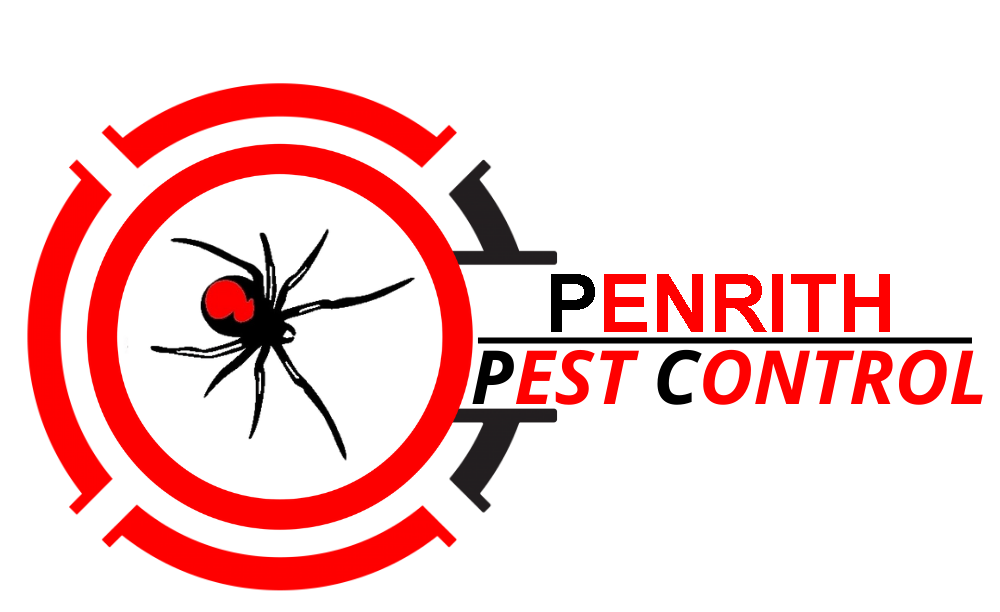If you think you have a problem with ANTS
call Redback Pest Control Sydney now on 1800 733 222 for expert advice
Ants
Ants generally become a problem in houses and other buildings when their nests have become disturbed after rain, or conversely, during dry weather to look for water. Poor household hygiene and pet?s bowls also draw them indoors. Outside conditions such as sandy areas, pavers and garden pots also are favourable conditions for ants.
If you have seen ants or ants nests, do not disturb or touch them. Contact Redback Pest Control on 1800 733 222 or email us at redbackpestcontrolsydney@gmail.com for expert advice.
About Ants
Common Species in Australia
The Black House Ant (Iridomyrmex glaber) and White Footed House Ant (Technomyrmex albipes) are small black ants 2.5-3mm long. They nest in rockeries, near or under paths, in wall cavities and in potted plants. They eat a variety of foods and are attracted to sweet substances. They give an annoying bite but do not sting.
Meat Ants (Iridomyrex purpureus) are 12-14mm long and are red/purple and black. They like sunny areas and often build large gravelly mounds. They feed mainly on animal material, and honeydew. They can bite but do not sting and rarely enter houses.
Sugar or Carpenter Ants (Camponotus species) are 5-15mm long, they have orange/brown bodies, black abdomens with an orange/brown band and black heads. They nest in decayed moist wood or sometimes in the soil. They feed on dead and live insects, honeydew, household waste and are attracted by sweet food. These ants do not sting and rarely enter houses.
Bulldog or Bull Ants (Myrmecia species) have red bodies and black abdomens. They are about 20mm long. These ants can cause a painful sting. They rarely enter houses and are usually found in the garden or bushland areas.
Argentine Ants (Iridomyrmex humilis) Are about 3mm long and are light to dark brown in colour. They do not have the formic acid smell ants usually have and they are very active in their movements.
Pest Control of Ants
Inspection
A thorough inspection is required before any treatment is carried out. As firstly the client if they have noticed where the ants seem to be coming in and if they have noticed any nests outside. Look for all entry points in cracks and crevices in and around the kitchen, bathroom and laundry areas. Outside look under window sills, doorways, under pot plants, cracks in the driveway, around trees, pavers and garbage bins. Look for nests in the garden, under the subfloor, near fences and major colonies may be found under insulation batts in the roof void and in wall cavities.
Initially treat all cracks and crevices and entry points using the cockroach puffer, remembering to dust lightly and thoroughly. A heavy dusting will only be unsightly as it will be side-tracked by the ants. Outside try to track the ants back to their nests and flood with Deltamethrin or Bifenthrin to run-off. Fan spray paved areas lightly and lift up and treat under pot plants. Pay attention to cracks in concrete and under paths. Advise the client to move garbage bins and pets? bowls well away from the house.
Sanitation
Sanitation is important in preventing infestations by ants. Inside the house, pet food bowls, dirty dishes, food crumbs on the floor, benches or tables and sap sucking insects on indoor plants can all attract ants. Outside the house, unemptied rubbish bins, food and old drink cans also encourage ants. Keeping these areas clean and controlling sap sucking insects indoors will greatly reduce the chance of ants becoming a problem around the house. Placing pet food bowls in a tray of water may lessen the problem.
Chemical Control
Chemical control may be warranted if a persistent infestation of ants causes a problem/nuisance. Warning on using garden chemicals, most garden chemicals are poisonous so avoid using them. Where possible use physical control or non-toxic deterrents. If you must use a poisonous chemical, take these precautions:
- keep chemicals out of the reach of children
- read labels carefully and follow directions exactly
- wear protective clothing – at least long trousers, long sleeved shirt, waterproof boots and gloves and a washable hat
- spray on a still day to avoid spray drift
- do not use insecticides when plants are in flower because most are poisonous to birds and bees
- dispose of empty containers and excess made-up spray safely, contact the Chemical Control Officer of the Chemical, Air and Noise Section on 207 2151 for details
Red Fire Ants
Recently a serious new pest that has been detected in the Australia.- the Red Imported Fire Ant (RIFA).
These nasty pests are destructive to the environment and have the potential to destroy agricultural production.
The national program which is in its second year is being overseen by the Commonwealth Department of Agriculture Forestry and Fisheries. 1.4 million dollars has been made available for allocation among the states and territories to fund approved surveillance proposals.
Fire ants look very much like ordinary house or garden ants. They are:
- Small;
- Reddish-brown in colour on the head and body, with a darker abdomen; and
- Come in a variety of sizes within one nest, ranging from 2mm to 6 mm. This is a distinguishing feature of fire ants.
Fire ants will cause a nasty sting, which can causes a small blister to form at the site of each sting after several hours.
CALL 1800 733 222 NOW!
For peace of mind remember to Book a Regular Termite Inspection from Redback Pest Control

